6 Tips for Choosing the Right HVAC System
To understand the true cost of an HVAC system, one must consider not only the initial purchase and installation cost of the equipment, but a number of other factors unique to each individual project.
By Joe Ellison
 We all know one of the main concerns architects, building managers and contractors have when selecting an HVAC system for new buildings. It’s cost, of course.
We all know one of the main concerns architects, building managers and contractors have when selecting an HVAC system for new buildings. It’s cost, of course.
But to understand the true cost of an HVAC system, one must consider not only the initial purchase and installation cost of the equipment, but a number of other factors unique to each individual project.
Here’s a quick primer that many builders, architects and contractors might find useful when topping off a commercial building with a new HVAC system.
Understand Your Building Occupant’s Priorities
The selection of an HVAC system is guided by many factors, including first cost, operating cost and code ventilation requirements. Other considerations include the technical capability of the staff maintaining an HVAC system, and how tightly the temperature and humidity need to be controlled within a space. Choices may be further complicated when designing a HVAC system on a retrofit project, as there may be space or weight constraints to deal with. Ultimately, it is the responsibility of the engineer designing the HVAC system to work with the building owner and occupants to determine what system is best and satisfies the priorities of each job. For example, a medical facility may need a more complex HVAC system (resulting in higher up front and/or maintenance costs) to provide tight control over temperature and humidity. Understanding which factors are most important to the building occupants will help narrow down which HVAC system(s) are viable on a project.
Be Precise
It’s important to accurately calculate the load on the HVAC equipment and avoid using rules of thumb as the basis of your design. Heating and cooling requirements will vary greatly on each project depending on the type of facility (educational, hospitality, retail, medical, etc.), the jobsite location and how tightly the building occupants require the temperature and humidity controlled within the space. Oversizing of HVAC equipment can lead to short cycling, temperature swings and occupant discomfort. If undersized, the HVAC equipment may not be capable of satisfying the load on peak days when ambient temperatures are at their most extreme. In either case, the ability of the HVAC equipment to properly dehumidify a space may be affected. It pays to spend the time up front to precisely calculate the total capacity of the system required rather than add supplemental pieces of equipment later.
Review part load efficiency
The “part load” efficiency of the equipment is very important to keep in mind. To keep building occupants comfortable year round, an HVAC system is sized to meet the load when ambient temperatures are at their most extreme. For most of the year, however, an HVAC system will run at part load. If a system or piece of equipment is chosen that can do so efficiently, it may help reduce operating costs. Too often only full load efficiency is taken into consideration, which may only come into play during a small percentage of yearly operation.
Avoid Operational budget busters
The operation of HVAC systems is often a large portion of a commercial buildings yearly operating budget. Selecting an appropriate system that meets peak heating and cooling demands and maintains ventilation requirements is essential. The routine maintenance required to keep a system running at peak efficiency, however, is often overlooked. Without regular and routine maintenance, many pieces of HVAC equipment run less efficiently as time passes. A high-efficiency system may seem great in the planning stage, but if a building’s maintenance staff can’t maintain the HVAC equipment on site, any efficiency gains over alternative systems may be lost. Additionally, service calls or contracts from outside vendors may quickly get expensive for the building owner. Choose a HVAC system that maximizes efficiency without exceeding the technical capabilities of the staff intended to maintain the equipment.
Common and costly mistakes
There are several issues that can arise when selecting an HVAC system. One common mistake is underestimating the cooling load brought on by the introduction of outdoor air as ventilation. In the summer months especially, the introduction of outdoor air as ventilation can significantly increase the moisture content within a building. It’s important to select equipment that can properly dehumidify the space to avoid high relative humidity levels and the comfort and mold growth issues that can occur if a building or zone exceeds 60 percent relative humidity. Adding HVAC equipment to handle high humidity problems later or dealing with mold remediation can be a costly mistake.
Refine the Sequence of Operations
Once a HVAC system is chosen, there are often small refinements that can be made to the sequence of operations to maximize its efficiency. For example, CO2 sensors could be added to zones within a building to detect occupancy levels and reduce the amount of ventilation air provided by the HVAC equipment during unoccupied periods. Small refinements to the sequence of operations can often lead to big savings.
Selecting an HVAC system that is affordable and meets your heating and cooling needs can seem daunting. It doesn’t have to be. Follow this advice and you’ll get the most bang for your HVAC buck.
Joe Ellison is engineered products sales manager at Modine HVAC. He can be reached at J.D.Ellison@na.modine.com. Modine, with fiscal 2018 revenues of $2.1 billion, specializes in thermal management systems and components, bringing highly engineered heating and cooling components, original equipment products, and systems to diversified global markets through its three complementary business segments. For more information, visit www.modine.com.

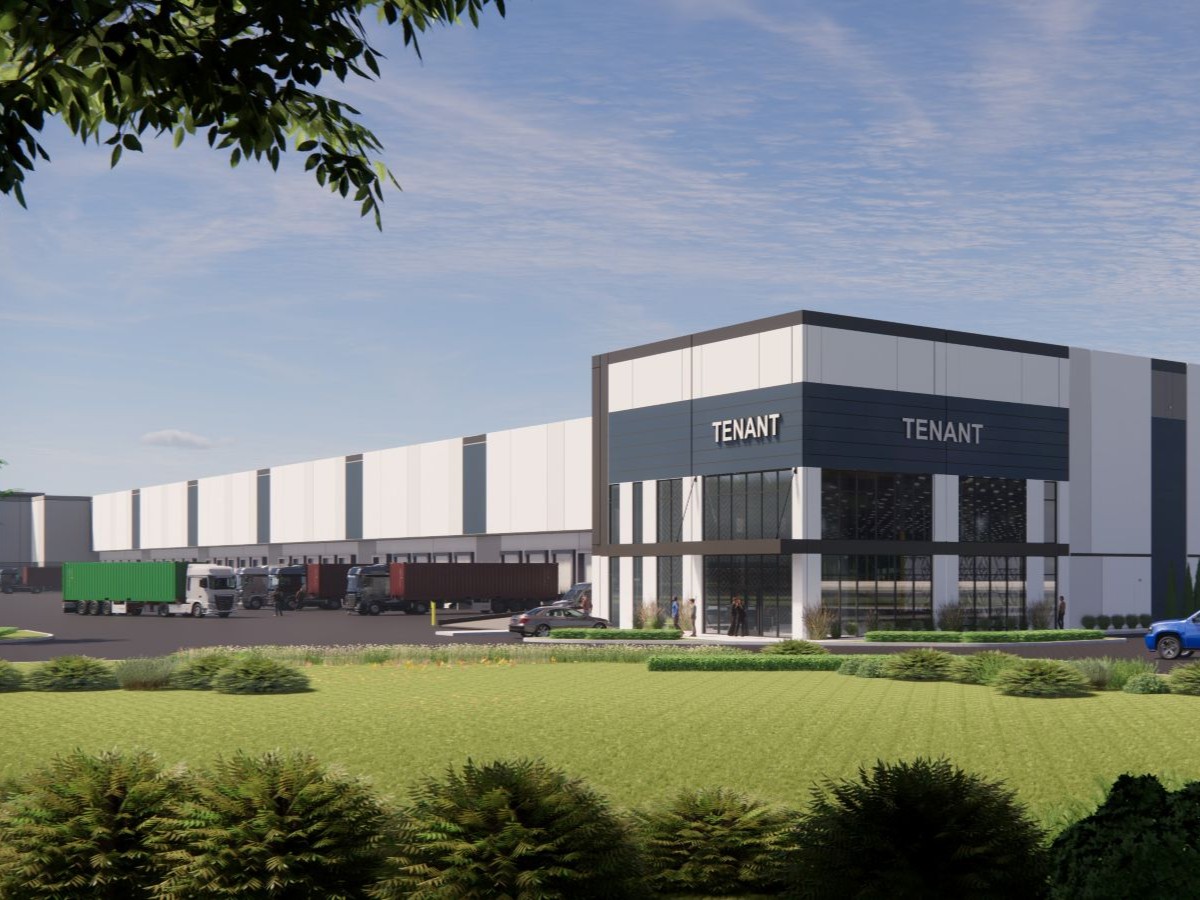
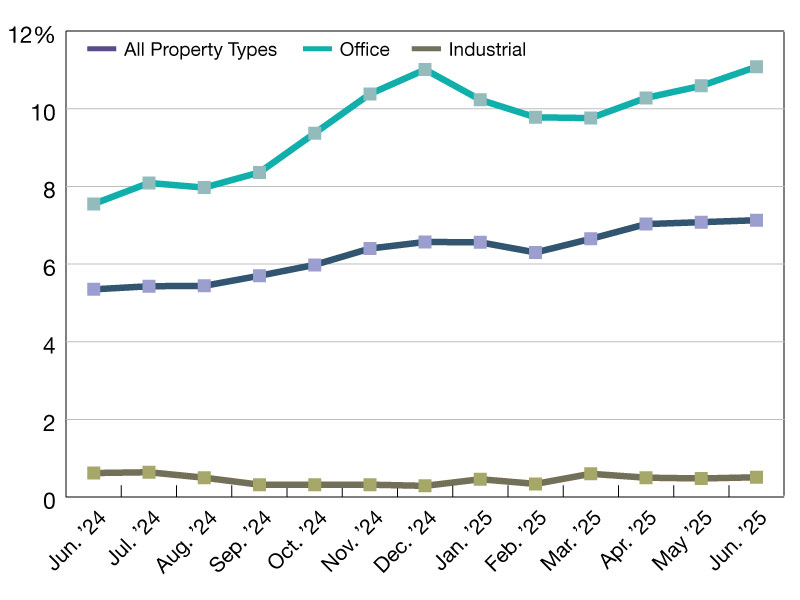
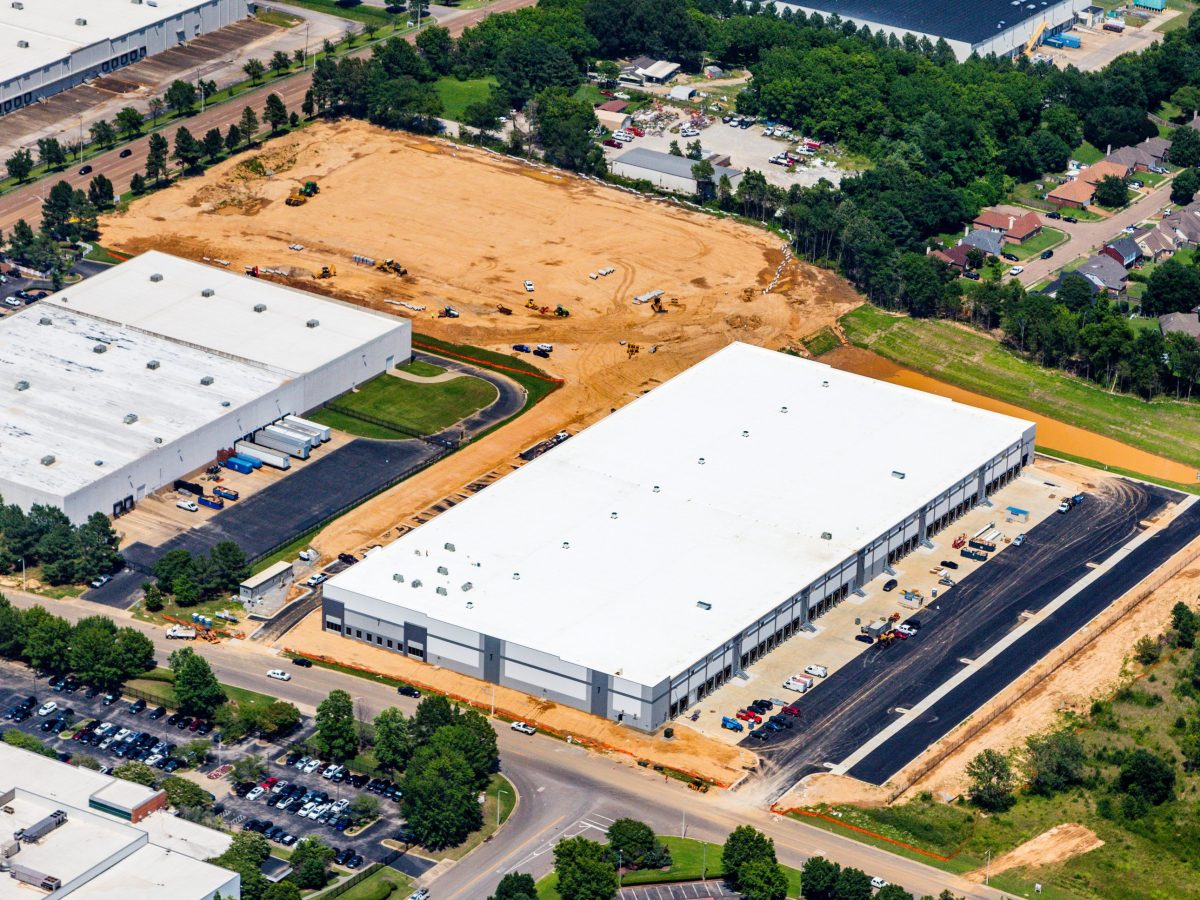
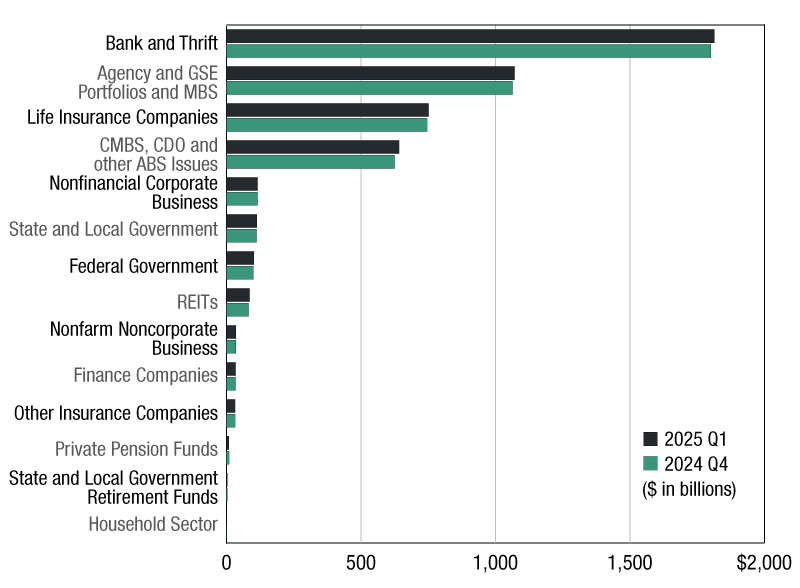

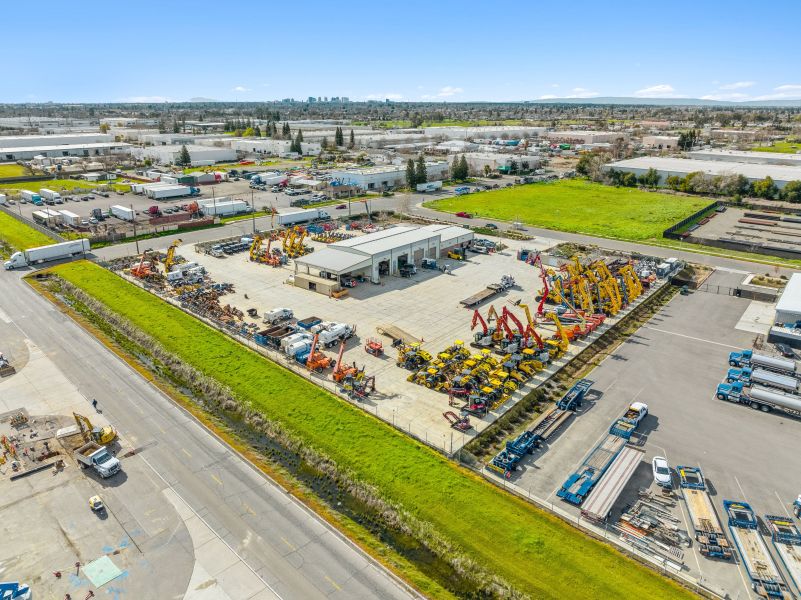
You must be logged in to post a comment.